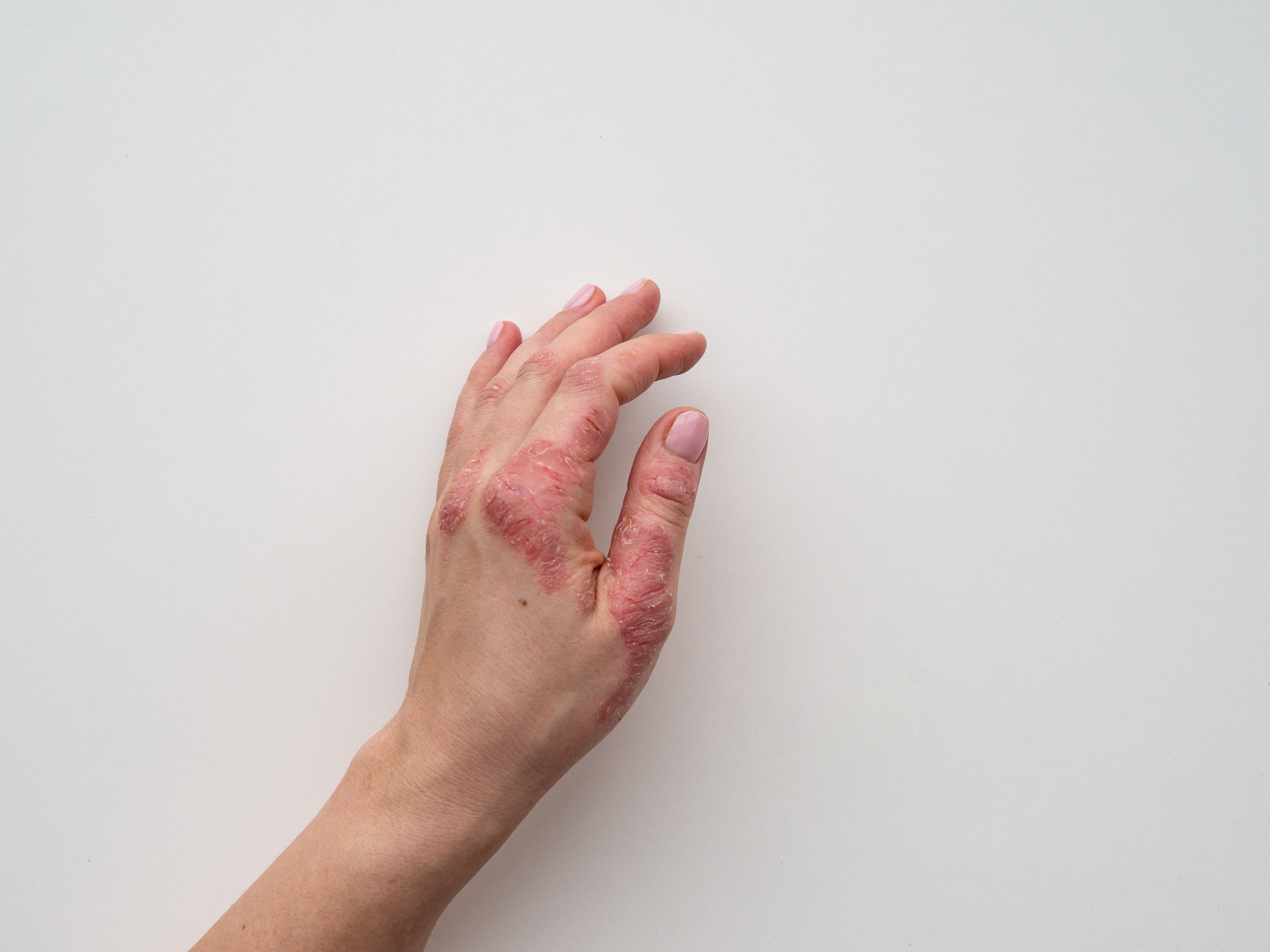Article
Hidradenitis Suppurativa Not a Risk Factor for Severe COVID-19
Author(s):
Patients with the chronic skin condition hidradenitis suppurativa were less likely to be hospitalized with COVID-19 vs a control group.
Hidradenitis suppurativa (HS) does not appear to be a risk factor for severe COVID-19 infection, according to a new retrospective analysis.
The study, published in Skin Appendage Disorders,1 found no increased risk for complications or the need for COVID-19 treatment among a cohort of patients with the comorbidities compared with a group of patients who had COVID-19 but not HS.
HS is a chronic inflammatory skin disease in which patients develop small, painful subcutaneous nodules in areas like the armpits and inner thighs. The study authors said HS is associated with certain comorbidities that are risk factors for COVID-19 severity. In addition, HS disproportionately affects people of color, with previous research showing that patients of Black, Hispanic, and Native American ethnicity are at a higher risk of severe COVID-19.2
The investigators wanted to know whether HS itself might be an independent risk factor for severe COVID-19. To find out, they retrospectively reviewed the medical records of University of Arkansas for Medical Sciences patients who tested positive for COVID-19 between March 2020 and September 2021. They constructed a cohort of 58 patients with both HS and COVID-19, and compared them with an age-, race-, and sex-matched control group of 63 patients without HS who had COVID-19.
Female patients made up the majority of both the HS group and the control group (88% and 84%, respectively), and most patients in both cohorts were African American (83% and 79%).
The most common comorbidities in the HS group were obesity (72%), cardiovascular disease (24%) and diabetes (19%), the authors found. Those were also the most common comorbidities among the non-HS cohort. However, the non-HS cohort had a significantly higher rate of cardiovascular disease (51%) than the HS cohort, and 12 patients in the non-HS cohort were pregnant (23%) vs 2 patients (4%) in the HS group. Only 1 patient (part of the HS cohort) was taking a biologic.
More than half of the patients in each cohort received their COVID-19 diagnosis prior to the wide availability of vaccines against the infection, the authors noted. As a result, a minority of patients were vaccinated at the time of diagnosis (6% in the HS-positive group and 5% in the HS-negative group). Rates of vaccination had increased significantly by the time of data collection, the authors said.
When the investigators looked at COVID-19 outcomes, they found the non-HS group had more severe outcomes. Thirty-five percent of patients in the control group experienced COVID-19 complications vs just 7% in the HS group. Nearly one-third of patients in the control group were hospitalized with COVID-19 (32%), but only 2 patients in the HS group required hospitalization. Patients in the control group were also more likely to need oxygen supplementation (30% vs 3%) or receive treatment for COVID-19 (37% vs 7%).
“Despite similar rates of most comorbidities and vaccination rates, HS+/COVID+ patients had significantly better COVID-19 outcomes compared to HS−/COVID+ patients,” the study authors wrote.
The findings suggest HS does not confer a greater risk for severe COVID-19, the authors said, although they cautioned that the less severe outcomes might also be due to the fact that patients with HS are more likely to have consistent contact with the health care system.
The authors noted several limitations to their study. Among them, it was based on patients from a single health care system, and the investigators did not factor in HS severity due to the minimal availability of severity data.
Nonetheless, the authors said their findings align with other emerging evidence that HS does not appear to confer excess risk in patients with COVID-19.
References
1. De DR, Rick JW, Shih T, Hsiao JL, Hamzavi I, Shi VY. COVID-19 infection in hidradenitis suppurativa patients: a retrospective study. Skin Appendage Disord. 2023;9(3):203-206. doi:10.1159/000529462
2. National Center for Immunization and Respiratory Diseases (NCIRD), Division of Viral Diseases.Risk for COVID-19 infection, hospitalization, and death by race/ethnicity. CDC. Updated May 25, 2023. Accessed July 6, 2023. https://www.cdc.gov/coronavirus/2019-ncov/covid-data/investigations-discovery/hospitalization-death-by-race-ethnicity.html





